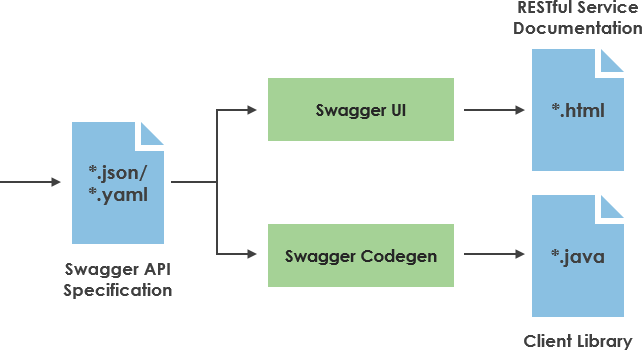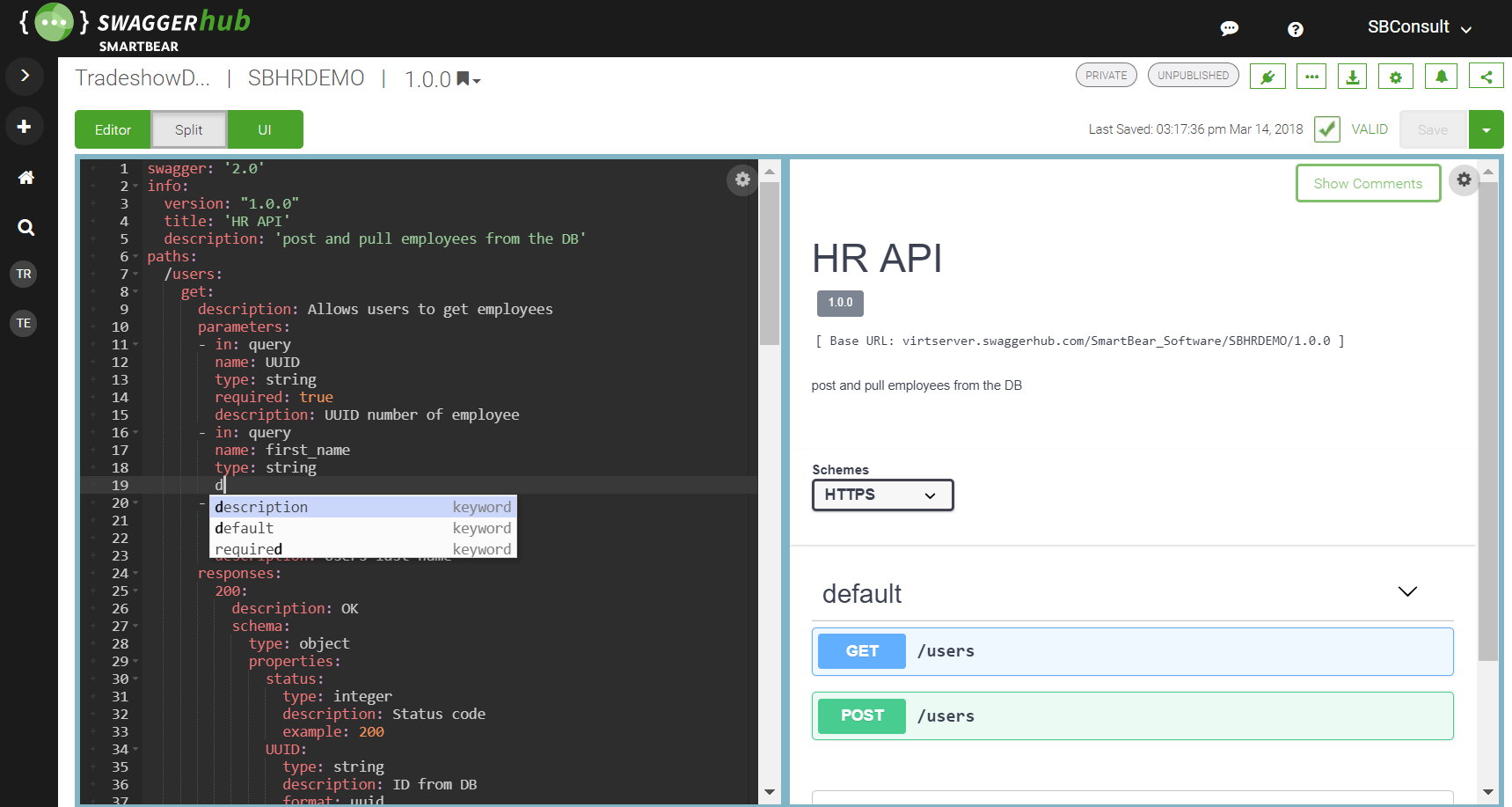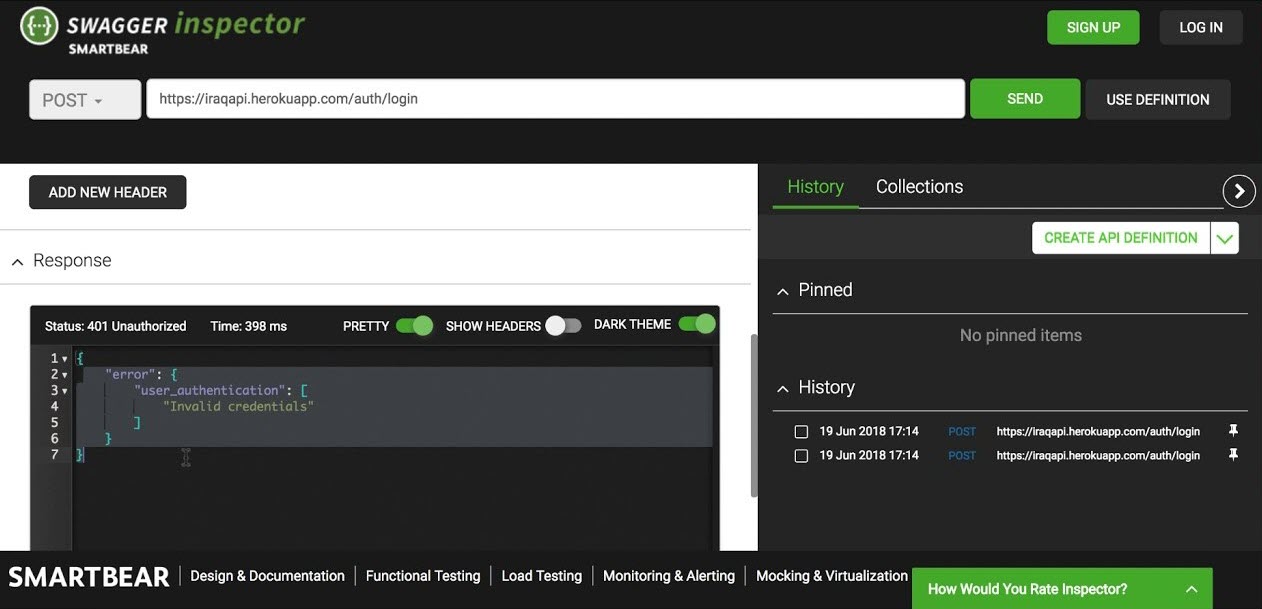Today, both humans and systems are consuming data. Humans consume data across different applications, and often from many different devices; especially you’re integrating various services for the cloud, then your ultimate goal is to have those applications be the participants in an ecosystem of service. Many different types of devices mean the same set of data required to be visualized in many different screen sizes. Organizations must build apps that look good and work well across all devices with a good design set of API.
Web APIs have been around for nearly 20 years, but it is only in the past few years that the concept of “API first” has gained traction with software teams. The number of developers taking an API-first approach to building products is rising and growing in prominence. The API economy is growing rapidly and APIs are becoming an integral part of a company’s growth strategies.
APIs allow companies to break down capabilities into individual, autonomous, consistent and reusable services, which can be accomplished by using an API description language to establish a contract for how the API is supposed to behave. By building on top of APIs, your developers are saving a lot of work while laying down the foundations for others to build on top of.
An API-first strategy allows organizations to build APIs that serve all applications, and applications can be developed and maintained efficiently and can help ensure a good user experience (UX) for all devices, platforms, and operating systems. An API-first approach to building products provides many benefits includes:
API is the best way of connecting software engineers and sharing valuable data and developments. Through API, programmers access a network of shared pieces of code and user experiences. However, to access them they need clear documentation.
Standard for Document APIs
Noteworthy that earlier there was not an only industry standard for developing APIs, but there was no standard for documenting them. Swagger is the largest framework for designing APIs using a common language and enabling the development across the whole API lifecycle, including documentation, design, testing, and deployment.
What’s important, a Swagger framework is supported by such corporations as Google, Microsoft, and Atlassian. Also, giants like Yelp and Netflix have already used it in their work. Two years ago Swagger’s specification was renamed the OpenAPI Specification and moved to the Linux Foundation. The framework provides a set of tools that help programmers generate client or server code and install self-generated documentation for web services.

Swagger provides a set of great tools for designing APIs and improving the work with web services:



Looking for an API designer that helps? Our API design tool enables you to design, describe and document RESTful API in a total graphical way. You can design RESTful API easily by creating a simple Class Diagram, like the one below. The graphical design approach, along with our award-winning diagramming interface makes API design simple, straight-forward and error-free.

Without writing a single line of code, an API designer can generate the complete API definition in accordance with the Swagger 2 or API Blueprint specification. The API details all of its resources and operations based totally on your visual API design.


Generate beautiful, interactive API documentation that allows your development team and end consumers to easily get started with your API resources. The visual API documentation makes it easy both for back-end development and client-side consumption.